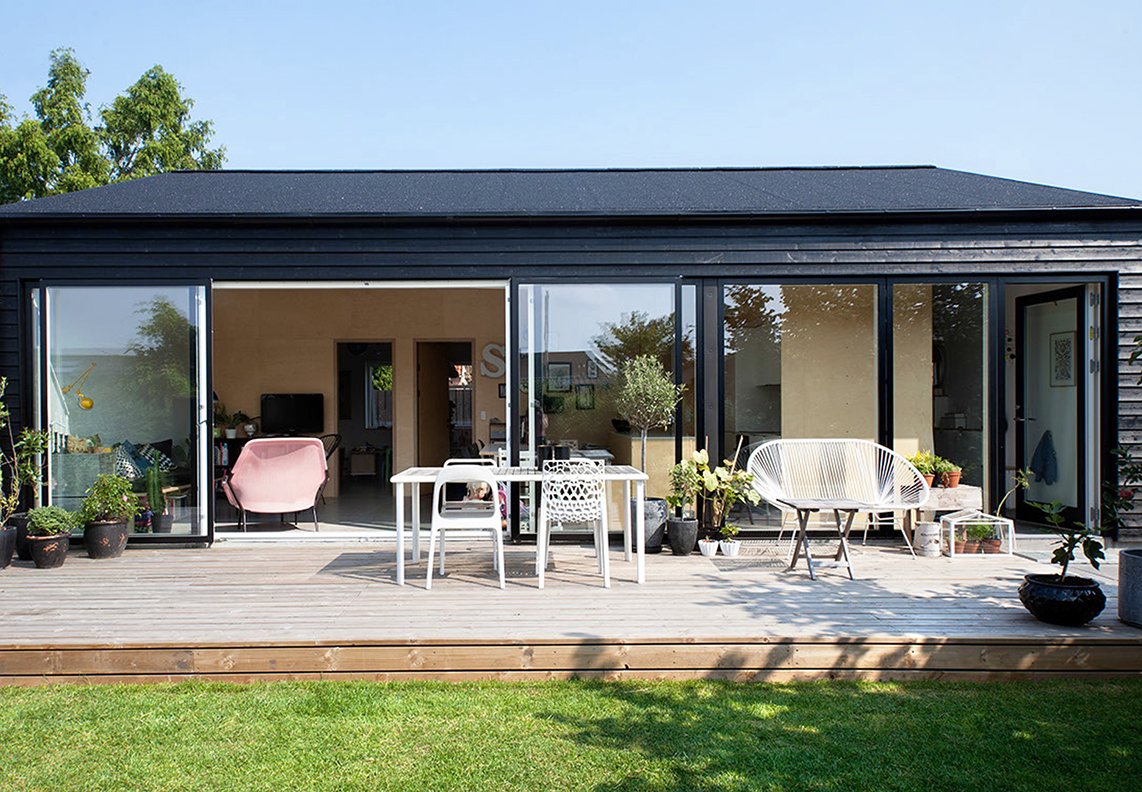
Prefab homes, or prefabricated houses, are built off-site in a factory setting before being transported to their final location. This method of construction offers several benefits over traditional building methods. Prefab homes are known for their cost-effectiveness, speed of construction, and environmental advantages. By assembling parts in a controlled environment, these homes often have fewer delays and can be built faster than traditional homes. Additionally, prefabrication minimizes waste and allows for greater quality control, as components are constructed in a factory setting with strict standards.
Types of Prefab Homes Available
There are several types of prefab homes to consider, each with unique features and benefits. The most common types include modular homes, panelized homes, and manufactured homes. Modular homes are built in sections or modules, which are then assembled on-site. Panelized homes involve pre-cut panels being shipped to the site and assembled there. Manufactured homes, also known as mobile homes, are entirely built in a factory and transported to the site as a complete unit. Understanding the differences between these types can help you make an informed decision based on your needs and preferences.
Key Considerations When Buying a Prefab Home
When purchasing a prefab home, there are several factors to consider to ensure you make the best choice. Firstly, think about the size and layout of the home to ensure it fits your lifestyle and needs. Consider the cost, including delivery and installation fees, as these can vary significantly. It’s also important to review the builder’s reputation and warranty options to ensure you are getting a quality product. Additionally, check local zoning laws and building codes to ensure the prefab home complies with all regulations in your area.
Benefits of Choosing Prefab Homes
Prefab homes offer numerous advantages that make them an appealing option for many buyers. One of the primary benefits is cost savings. Because these homes are built in a factory setting, they often come with a lower price tag than traditionally built homes. They also tend to be more energy-efficient, with many models featuring advanced insulation and sustainable materials. Additionally, the faster construction time means you can move into your new home more quickly. Prefab homes also offer flexibility in design, allowing you to customize your home to fit your personal style and needs.
Conclusion
Prefab homes present a modern, efficient, and cost-effective alternative to traditional homebuilding methods. By understanding the different types of prefab homes, key considerations for purchasing, and the benefits they offer, you can make an informed decision that aligns with your lifestyle and budget. Whether you’re looking for a quick build or an eco-friendly option, prefab homes offer a variety of choices to meet your needs.prefab homes for sale
